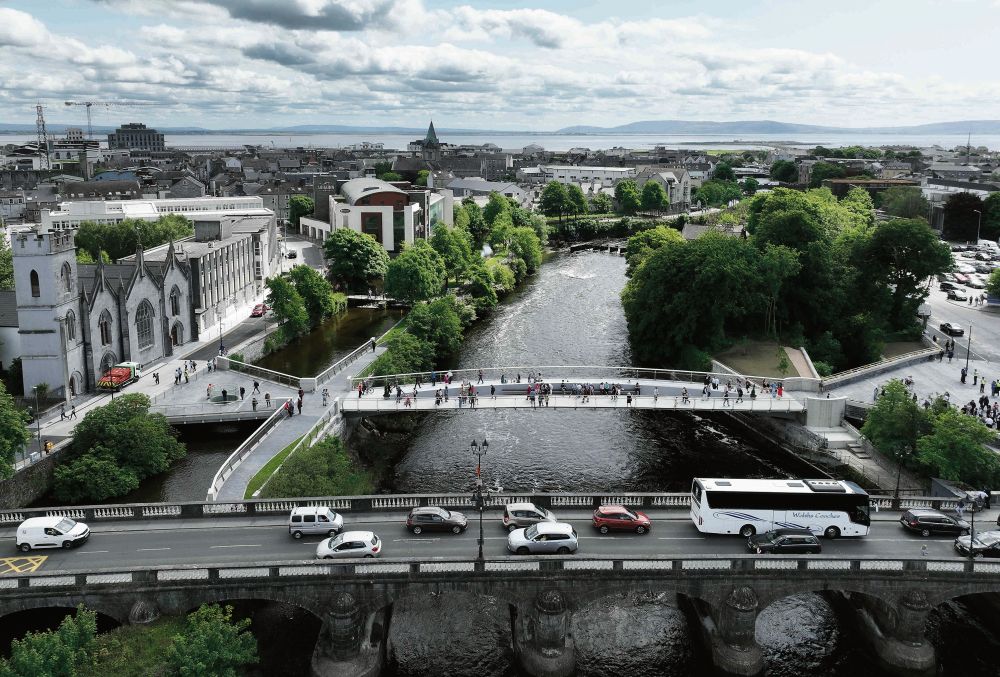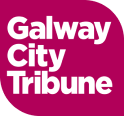Historians back campaign to name new bridge in Galway
Published:
-
-
Author: Our Reporter
~ 3 minutes read
From this week's Galway City Tribune
A number of well-known historians and authors have come together to voice their support to name Galway City’s new bridge after 1916 Cumann na mBan commander Julia Morrissey.
The campaign is calling for the new pedestrian and cycle bridge – adjacent to the existing Salmon Weir Bridge – to be named in honour of the Galway woman, and those involved have signed an open letter to the City Council.
The list of signatories includes several university professors, and authors with an expertise in the Revolutionary Period of 1913-1923.
The campaign has also gained the support of Fórsa, Mandate and Unite trade unions, as well as the support of the Galway Council of Trade Unions.
An online petition on change.org in favour of the proposal has already gathered almost 1,300 signatures.

A native of Athenry, Julia Morrissey helped found Cumann na mBan in 1914. In the two years that followed, she worked tirelessly to build that organisation in Galway and beyond.
This work culminated with the 1916 Rising, when she took command of 50 Cumann na mBan volunteers in Galway, under the overall leadership of her close friend and comrade, Liam Mellows.
She remained active in the revolutionary struggle until Mellows’ execution by Free State forces in December 1922 – a death which had a profound impact on her mental health. By the early 1930s, she had been committed to the “mental asylum” in Ballinasloe.
While there, she received neither the military service pension nor the 1916 medal to which she was entitled.
“Julia Morrissey spent four decades in Ballinasloe until her lonely death in 1974 – forgotten by the Nation that she had dedicated her life to freeing. She was buried with her parents in Athenry’s Dominican Abbey in 1974,” the open letter to the Council reads.
It continues: “Without relatives or friends to pay for the inscription, Julia’s name was not added to the existing headstone. It took 43 years for a headstone bearing Julia Morrisey’s name to be placed on her grave by the Relatives and Friends of Galway 1916.
“Julia Morrisey will be fifty years dead in March of next year. This important anniversary provides an ideal opportunity to correct an historic wrong against one of Galway’s bravest daughters.
“We therefore call on the councillors of Galway City Council to restore the name of Julia Morrisey to its rightful place in the collective public space by naming the new Corrib bridge in her honour,” the letter reads.
The signatories include Dr Mary McAuliffe (co-author of We were There; 77 Women of the Easter Rising, and Director of Gender Studies at University College Dublin); Dr Ruan O’Donnell (author of several books on the revolutionary period, and head of the History Department at the University of Limerick); Dr Laura McAtackney (creator of the Kilmainham Gaol Graffiti project which explores female experiences of imprisonment during the Irish Civil War, and Associate Professor of Archaeology and Heritage at Aarhus University, Denmark) and Dr Kerron Ó Lúain (author of Rathcoole and the United Irish Rebellions, 1798-1803, and an Irish Research Council Fellow at Irish Research Council Fellow at Dublin City University).
Other signatories include Liz Gillis (author of Women of the Irish Revolution, and a researcher for The History Show on RTÉ Radio); Lorcan Collins (author of several books on the revolutionary period, and founder of the 1916 Rebellion Walking Tour) and Kevin Jordan (author of Rebellion in Galway – Easter Rising 1916 and former History teacher at Banagher College, now retired).
To sign the petition, visit change.org
More like this:

Updated Traffic Information For Connacht Senior Football Final
Gardai have issued an updated traffic plan ahead of this afternoon’s Connacht Senior Footba...
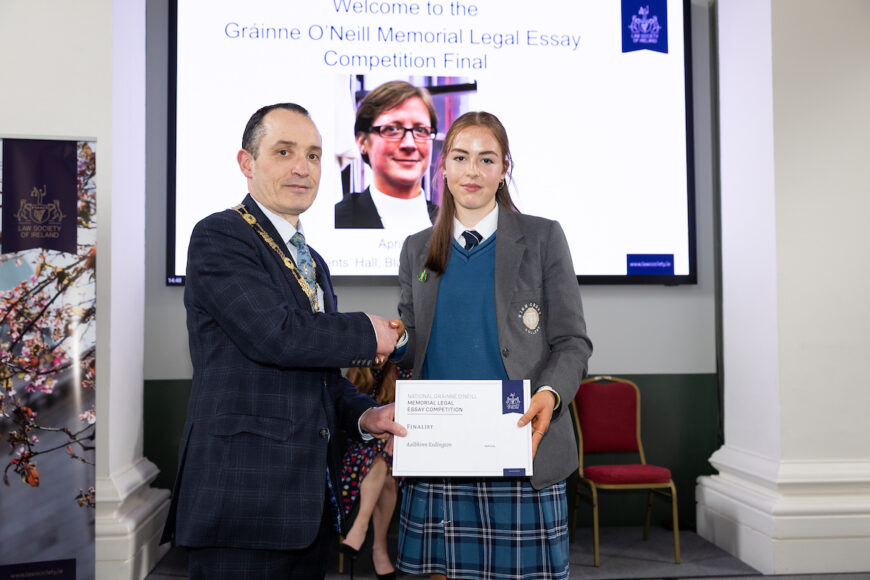
Galway Student named as finalist in National Legal Essay Competition
A Student from High Cross College Tuam made it to the final of the National Grainne O’Neill...
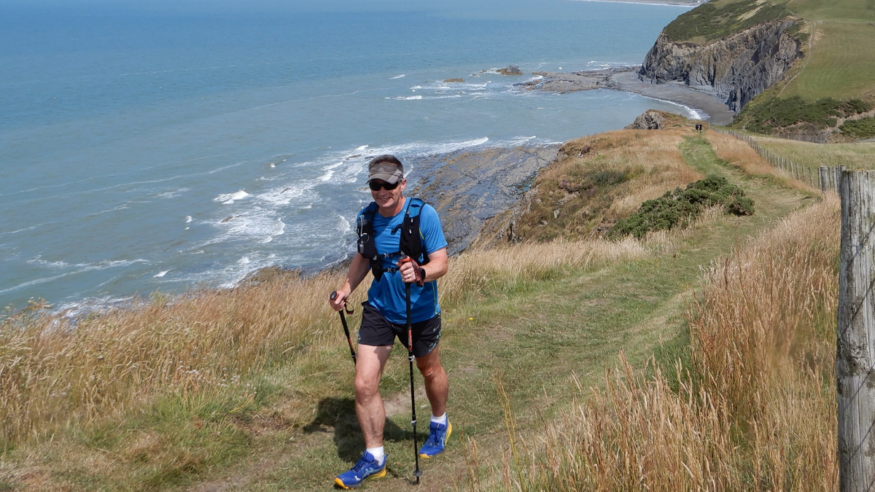
Public urged to support climber who is in Galway this weekend in an attempt to climb every mountain in Ireland
The people of Galway are urged to come out and lend their support to a man who has set an ambitio...
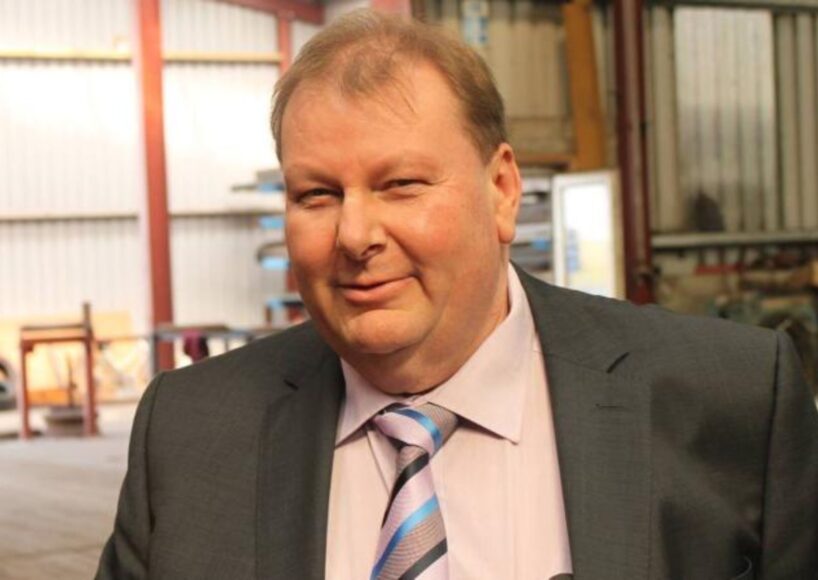
Cathaoirleach of Ballinasloe Municipal District Council concerned about the lack of applications for the filling of the position of GP in the Williamstown area.
The Cathaoirleach of Ballinasloe Municipal District Council Declan Geraghty has spoken of his con...
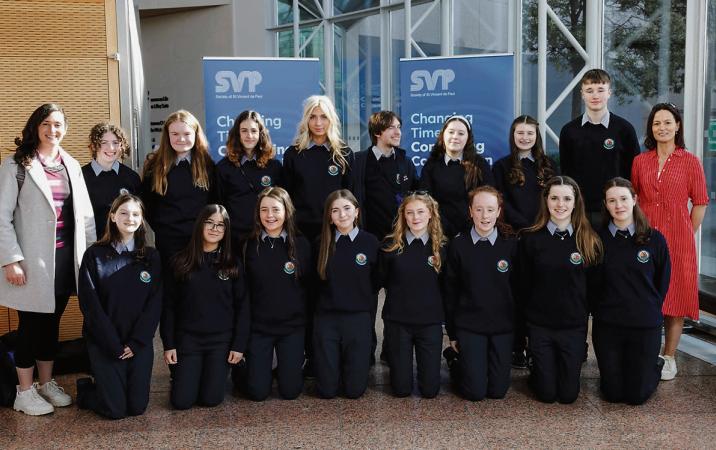
SVP conference marks 180 years of service to the most vulnerable in Irish society
Members from the Society of St Vincent de Paul in Galway were well represented alongside over 1,0...
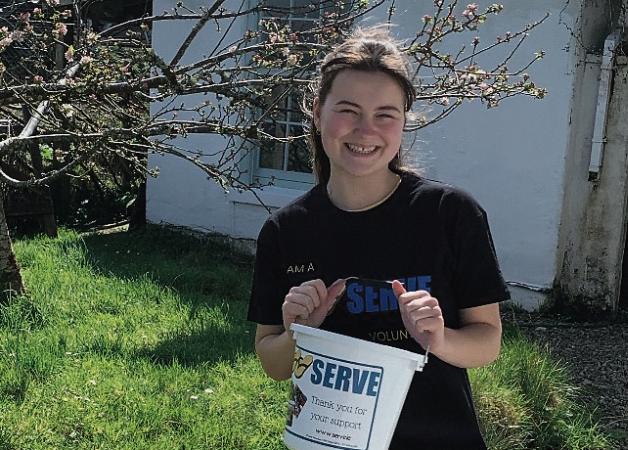
Galway third-level student heads to work with Philippines’ Badjao community
A Clifden woman is all set to depart for Philippines on a four-week ethical volunteer programme w...
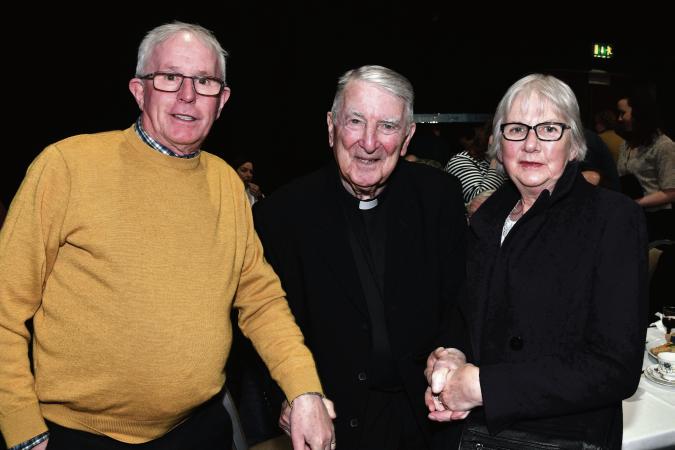
Parishioners come together to mark 90th birthday of veteran priest
By Linda Walsh The parishes of Milltown and Kilconly came together to celebrate Canon John D. ...

Galway Toastmaster places third in evaluation contest
Rob Partridge from the East Galway Speakers and Galway Toastmasters has finished third in the Div...
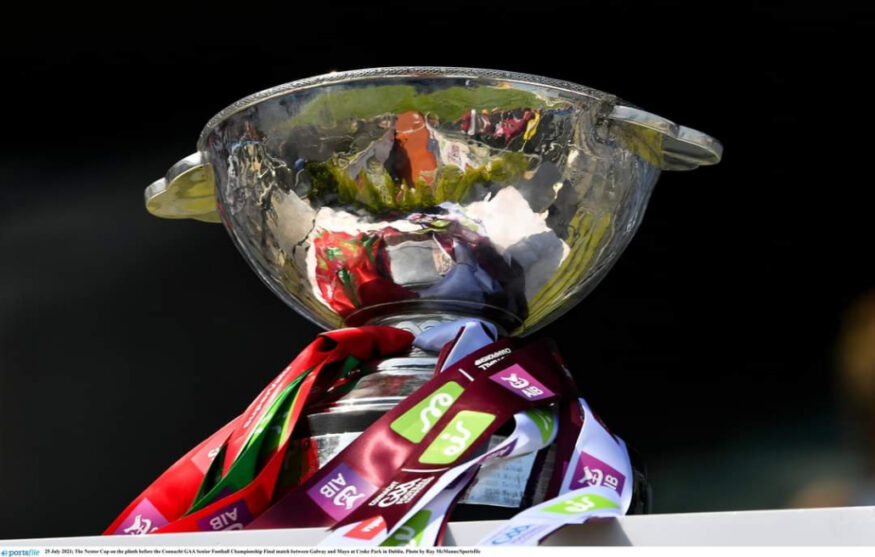
Traffic restrictions in place for tomorrow’s Connacht Final
Galway Gardai are reminding motorists that the Connacht football final is scheduled for tomorrow ...
Sign Up To get Weekly Sports UPDATES




